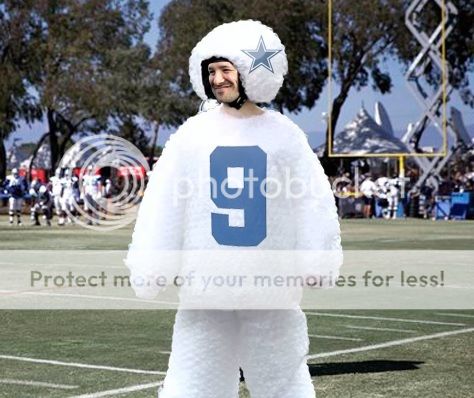Football coaches in the Ivy League unanimously decided to remove tackling from regular-season practices, per a Tuesday report by Ken Belson of the New York Times.
They made the decision in an attempt to further limit players' chances of suffering head and brain injuries.
No tackling in practice is an extreme decrease from NCAA regulations, which state there can be four full-contact practices each week, but it's a decisive stance on a subject that's plagued the game of football. According to a report by Timothy Bella of Al Jazeera in December 2015, there were 501 reported concussions in the past three college football seasons.
A study done by Ph.D. holder Timothy A. McGuine—a senior scientist at the University of Wisconsin, Madison—showed the elimination of full-contact practices could decrease injuries at lower levels of the sport, per Bert B. Vargas, M.D., of Neurology Reviews.
In his study, McGuine tested high school football players from 2012-2014. In 2012 and 2013, teams had full-contact practices, and in 2014, they did not. Vargas explained McGuine's study:
During all three seasons, almost half the concussions (46%) occurred during tackling. Although the overall rate of concussions dropped from 1.57 per 1,000 athletic exposures in the combined 2012 and 2013 seasons to 1.28 per 1,000 athletic exposures in the 2014 season, the difference was not significant... The difference in concussions occurring during practice, however, did differ significantly before and after the rule change. The rate of concussions during practice in 2014 was 0.33 concussions per 1,000 athletic exposures, compared with 0.76 concussions per 1,000 exposures in the 2012 and 2013 seasons. Twelve of 15 concussions in 2014 practices occurred during full-contact practices, a rate of 0.57 per 1,000 exposures, and 82 of 86 concussions in the 2012 and 2013 seasons occurred during full contact practices, a rate of 0.87 per 1,000 exposures.
Full story@
http://m.bleacherreport.com/article...to-eliminate-tackling-from-football-practices
They made the decision in an attempt to further limit players' chances of suffering head and brain injuries.
No tackling in practice is an extreme decrease from NCAA regulations, which state there can be four full-contact practices each week, but it's a decisive stance on a subject that's plagued the game of football. According to a report by Timothy Bella of Al Jazeera in December 2015, there were 501 reported concussions in the past three college football seasons.
A study done by Ph.D. holder Timothy A. McGuine—a senior scientist at the University of Wisconsin, Madison—showed the elimination of full-contact practices could decrease injuries at lower levels of the sport, per Bert B. Vargas, M.D., of Neurology Reviews.
In his study, McGuine tested high school football players from 2012-2014. In 2012 and 2013, teams had full-contact practices, and in 2014, they did not. Vargas explained McGuine's study:
During all three seasons, almost half the concussions (46%) occurred during tackling. Although the overall rate of concussions dropped from 1.57 per 1,000 athletic exposures in the combined 2012 and 2013 seasons to 1.28 per 1,000 athletic exposures in the 2014 season, the difference was not significant... The difference in concussions occurring during practice, however, did differ significantly before and after the rule change. The rate of concussions during practice in 2014 was 0.33 concussions per 1,000 athletic exposures, compared with 0.76 concussions per 1,000 exposures in the 2012 and 2013 seasons. Twelve of 15 concussions in 2014 practices occurred during full-contact practices, a rate of 0.57 per 1,000 exposures, and 82 of 86 concussions in the 2012 and 2013 seasons occurred during full contact practices, a rate of 0.87 per 1,000 exposures.
Full story@
http://m.bleacherreport.com/article...to-eliminate-tackling-from-football-practices
